February Walking Tour – Identification of Woody Plants in Wintertime
When I was in school, one of the fun things I learned was how to identify trees and shrubs in the wintertime without seeing blossoms and foliage. Since the deciduous woody plants dropped their leaves in their dormancy, we at first thought that there were less clues to identify the plants. However, we found out that there are many clues (more than we thought!) available in the wintertime even though the plants look bare.
Shape of trees and shrubs
Each kind of tree and shrub has own growing habit.
- Elm trees (Ulmus spp.) and linden trees (Tilia spp.) tend to grow upright and develop an elegant "vase shape."
- Hawthorns (Crataegus spp.) and crabapple (Malus spp.) grow rather horizontally.
- Some tree and shrub branches have a straight growing habit, but others have a weeping form or a slightly more jagged shape.
Bark
The texture and color of bark can be a good clue to narrow down and identify the plants.
- The cherry tree (Prunus spp.) and crabapple (Malus spp.) often have reddish smooth bark compared to ash trees (Fraxinus spp.) and silver maple (Acer saccharinum), which have greyish ribbed bark.
- Weeping birch (Betula pendula) and paper-bark maple (Acer griseum) have a uniquely characteristic shredded bark.
Twigs
One good clue is to take a closer look at twigs to see how the buds are forming.
- If the buds are arranged in pairs along a stem or shoot, it’s called "opposite" such as maple (Acer spp.), ash (Fraxinus spp.) and horse chestnut (Aesculus hippocastanum).
- If the buds are forming singly on alternate stems or shoots, not in pairs or whole, it’s called "alternate" such as crabapple (Malus spp.), hawthorn (Crataegus spp.) and oak (Quercus spp.).
Buds
Take a closer look at buds to see their shape, color and detailed parts.
- Notice pointy buds (serviceberry, Amelanchier spp.), round buds (oak, Quercus spp. and ash, Fraxinus spp.) and hairy buds (magnolia, Magnolia spp.).
- The bud scar of white ash (Fraxinus americana) looks like a smile as it curves, but the bud scar of the green ash (Fraxinus pennsylvanica) is straight, not smiling.
- In January to early February, you can often find dark, maroon-colored blooms of silver maple (Acer saccarinum) on the sidewalk as squalls and birds pick them from the twigs.
Fruits
- Seed pod: (Kentucky coffee tree, Gymnocladus dioicus, desert willow, Chilopisis linearis, catalpa tree Catalpa speciosa)
- Samara: dry-winged seed, either single like that of the elm, or double like that of the maples (Acer spp.)
- Capsule: a dry seed pod that split open when ripe such as burning bush (Euonymus alatus)
- Catkin: A dense spike of small, petalless, often unisexual flowers, most often found on wind-pollinated trees or shrubs such as mountain alder (Alnus incana spp., tenuifolia).
Good luck with your investigation while you are walking around the Gardens on a nice winter day!
Gallery
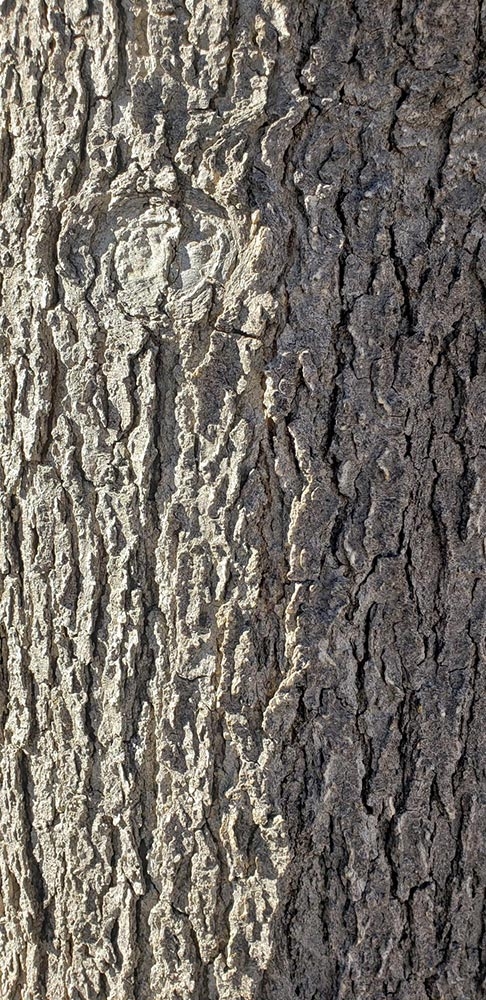
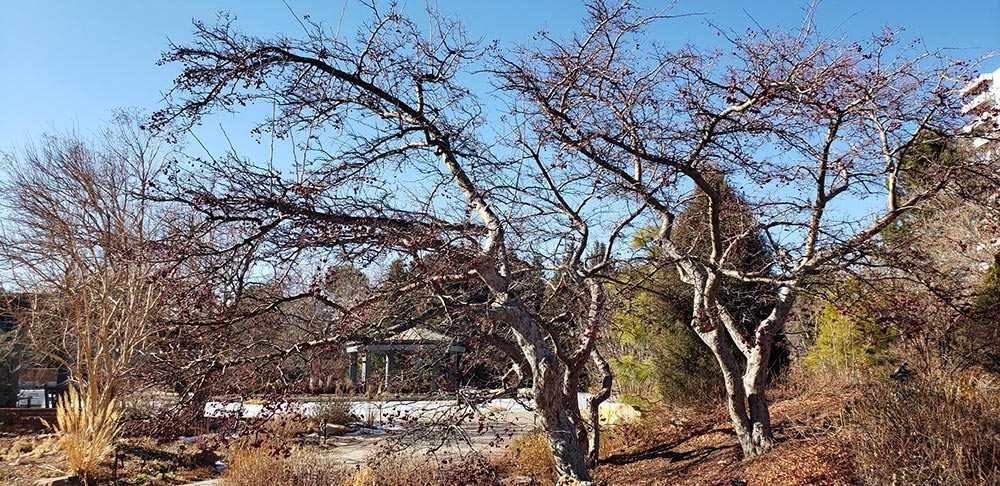
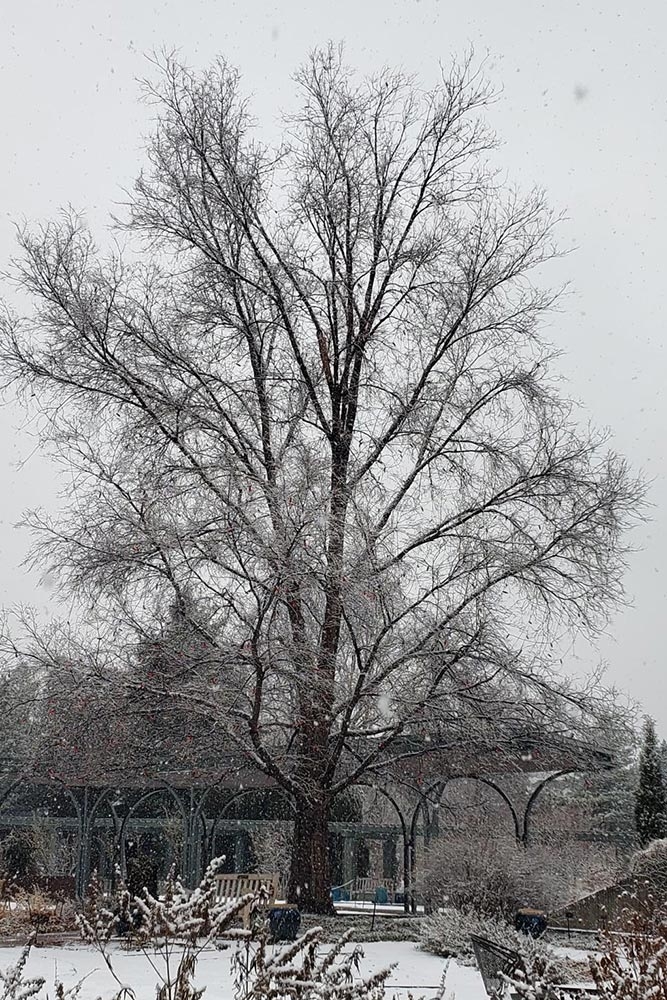
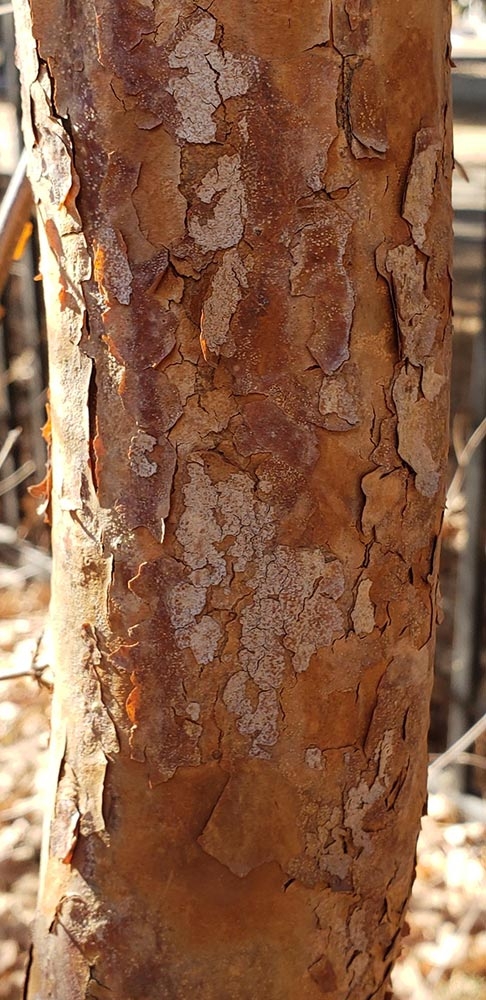
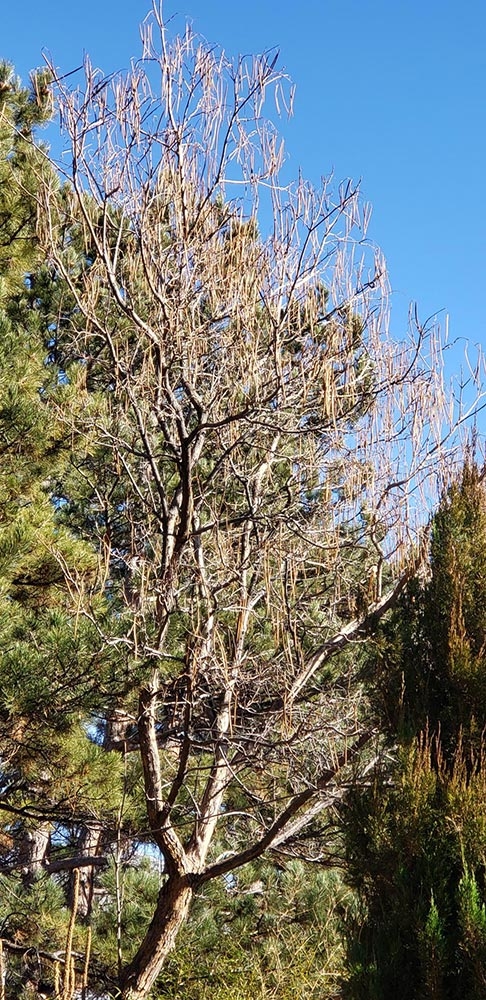
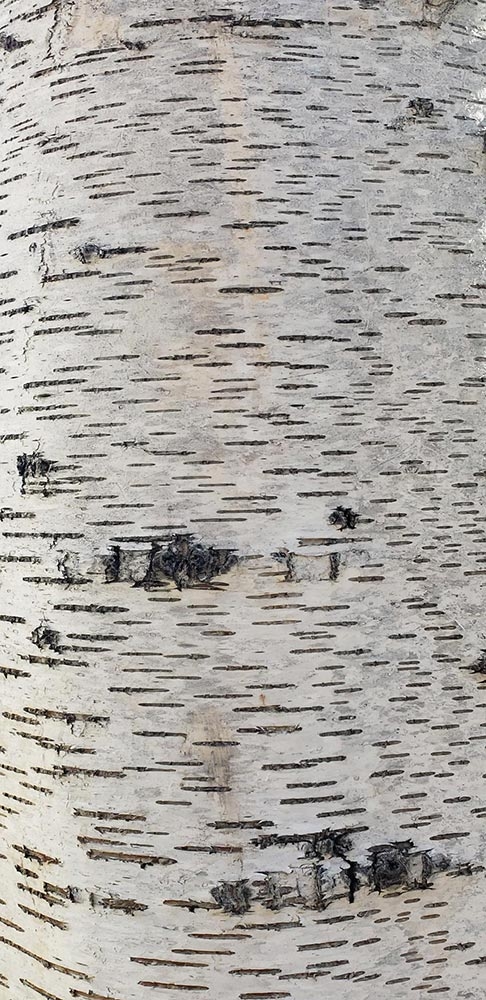
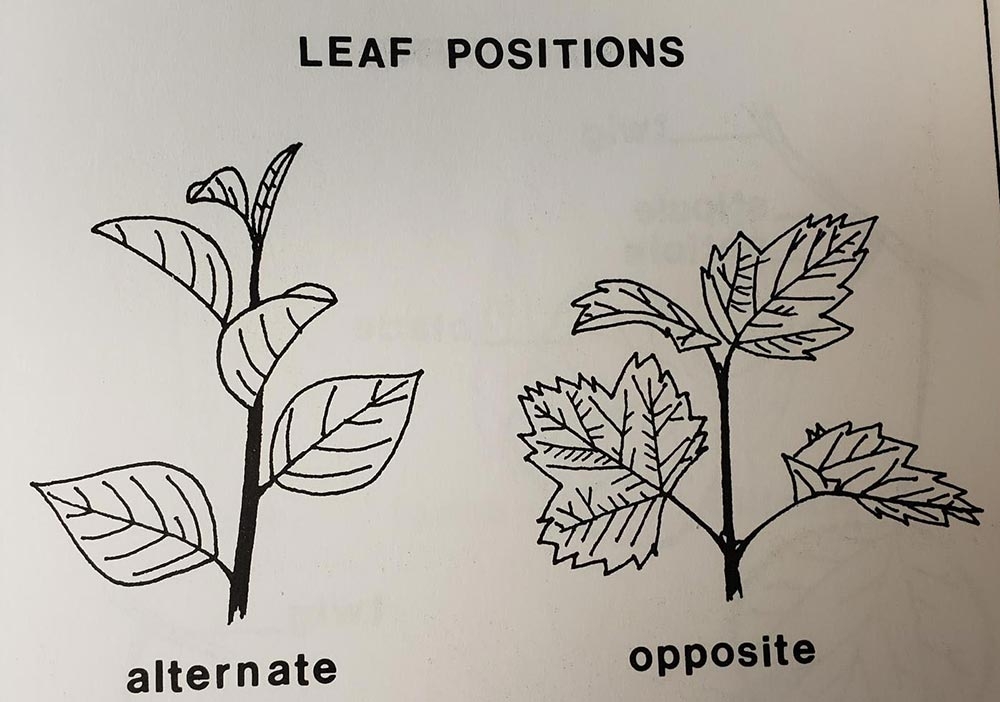
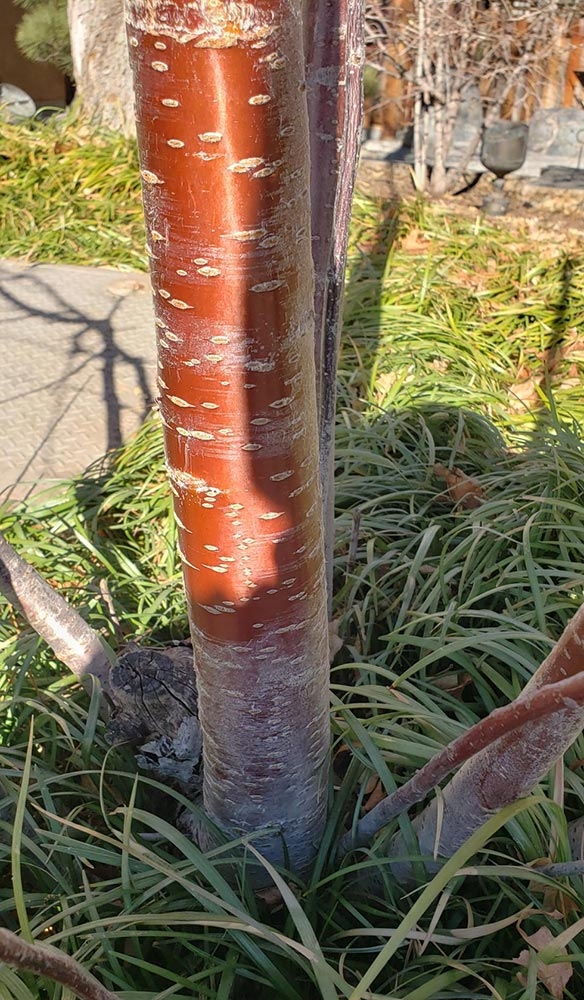
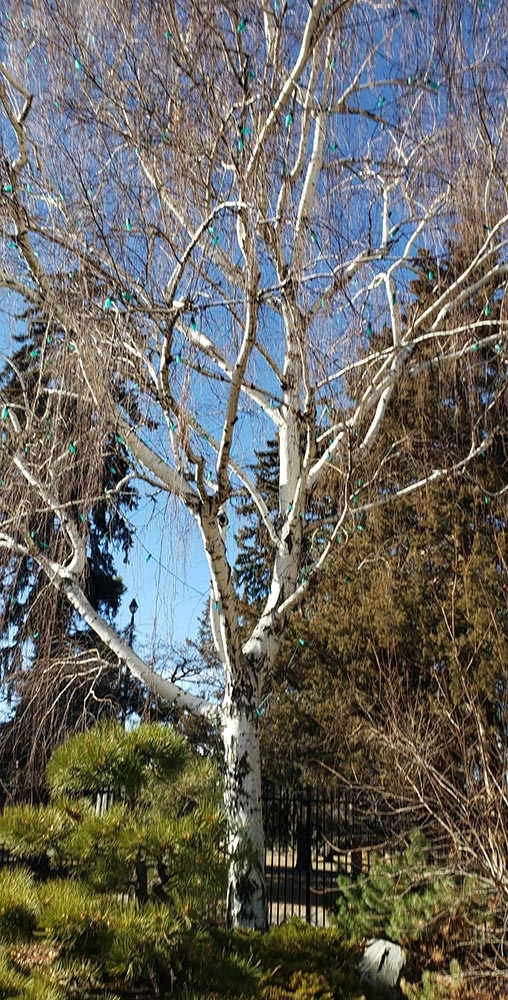
Add new comment